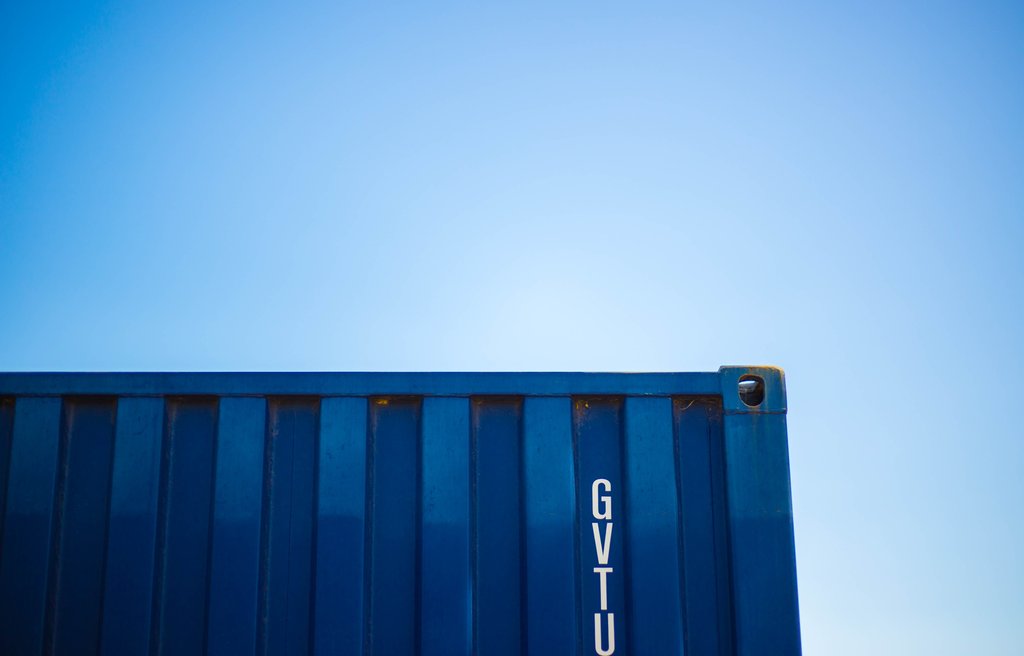Deploying Kubernetes, Docker, and cloud-native apps needs large type of servers, but what if you are a poor guy like me and just want to use containerization technology on small scale servers? One thing that can help you is Podman.
Podman. Ahh, what a great daemonless container engine. Daemonless? Yes. It means that it has minimal footprint on the server, giving much power to those containers.
We currently use Podman to manage our apps on a 4GB/2vCPU Fedora 30 Linode. As of now, we are comfortably running these apps:
* Reverse-proxy Nginx
* Multiple Django sites
* Tor relay node
* Ipfs node
* Syncthing node
* Development containers
You might wonder, but running those multiple containers still consume a lot of resources. This is right, but one other great thing about container is resource limiting. I just simply limit the resources on all production containers to 2GB/1vCPU. I did this by running my containers as a service, then set-up an environment file with this configuration.
[root@prod ~]# grep -i EnvironmentFile /etc/systemd/system/cnginx.service EnvironmentFile=-/etc/sysconfig/podman [root@prod ~]# cat /etc/sysconfig/podman PODMAN_OPTIONS=\"--rm -a stdout -a stderr -m 2g --cpus 1\"
This is to ensure that no one would hog everything, rendering others non-responsive. I also set them as a service to automate container restart if something happens.
[root@prod ~]# grep -i restart /etc/systemd/system/cnginx.service Restart=always RestartSec=15s",
There are instances that podman would kill container due to OOM, but restore the service by automated restart. If there’s multiple case of OOM, you will need to adjust the resources accordingly.</p><p>After using podman for several months now, I just love it. I wish that they would be able to push their binaries to Debian repository.
 Photo by Victoire Joncheray on Unsplash
Photo by Victoire Joncheray on Unsplash